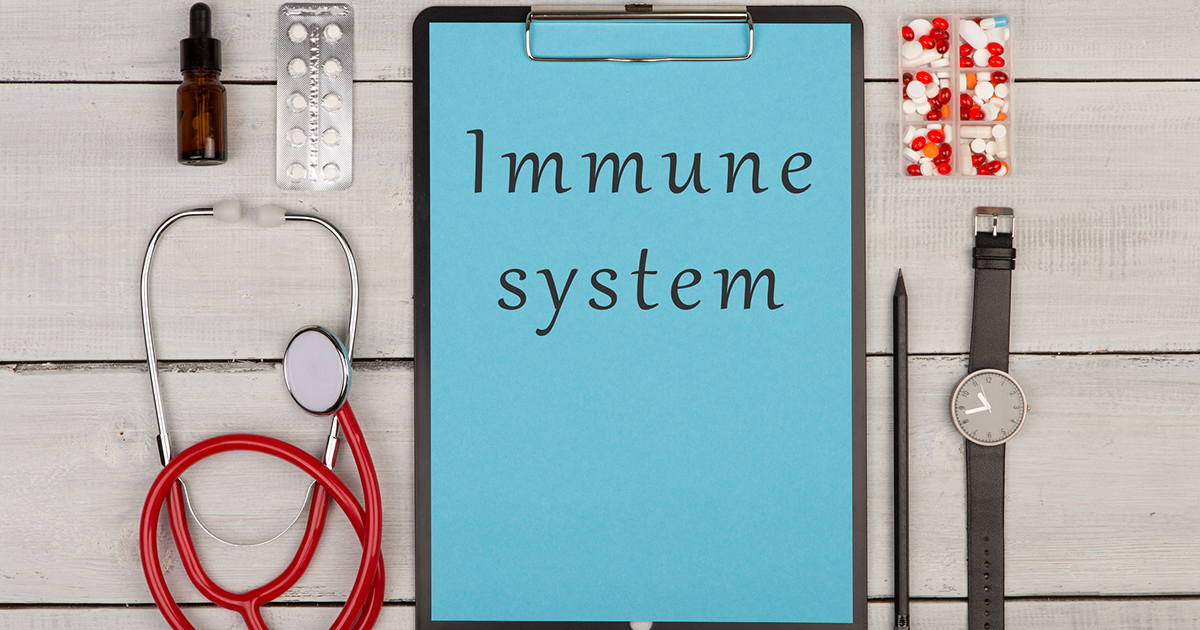Common Causes And Risk Factors For Septic Arthritis
Septic arthritis is a painful joint infection that occurs when germs travel through the bloodstream from other parts of the body and settle in the joint, or when a deep injury delivers germs directly to the joint. Older adults and infants are at a higher risk of developing septic arthritis. It's most common for knees to be affected, but the shoulders, hips, and other joints can also be infected. Left untreated, septic arthritis can cause fast and severe damage to the bone and cartilage inside the joint. Treatment is done by draining the joint through surgery or a needle. A course of antibiotics might also help treat the infection. There are a number of causes and risk factors regarding septic arthritis. Uncover the details about them now.
Various Types Of Infections
Septic arthritis can develop because of various types of infections, including fungal, viral, and bacterial infections. Staph infections, a common bacterial infection, are most often cited as the cause. These infections are unusually common because the bacteria can live and survive on both healthy and infected skin, so individuals are at risk of developing an infection regardless of their overall health. Usually, septic arthritis develops when infections from elsewhere in the body spread via the bloodstream, lodging in the joint. These might include common infections like urinary tract infections or skin infections. Joints are lined by a material called synovium, which isn't designed to protect itself against infections. Since the joint is so susceptible to infection, the body responds with an inflammatory and strong immune response that contributes to the joint damage through increased pressure and swelling.
Get more information regarding the causes and risk factors liked to septic arthritis now.
Weakened Immune System

Individuals with a weakened immune system have a higher chance of developing septic arthritis. Patients with kidney problems, liver problems, diabetes, immune-weakening viruses, and individuals taking immunosuppressants are in this increased risk category. Joints are already susceptible to germs and infection even in cases where the individual is healthy. When the joint becomes infected and the immune system can't destroy the infection, the condition just continues to worsen. The infection eats away at the joint and surrounding tissues. Joint cavities are small and enclosed, so infections can cause a huge amount of damage in very little time. While immune responses can contribute to joint damage, individuals with weakened immune systems will have infections that spread more rapidly. Delayed treatment can cause permanent joint damage and degeneration.
Continue reading to reveal more risk factors and causes of septic arthritis now.
